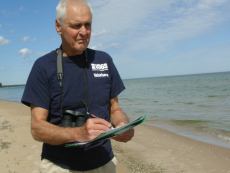 Where did the turtle cross the road? A citizen scientist has the answer, particularly in Massachusetts, where over the last few years citizen scientists have been tracking turtle crossings as part of the Turtle Roadway Mortality Monitoring Program. Volunteers are trained by Linking Landscapes for Massachusetts Wildlife, a partnership between Division of Fisheries and Wildlife (DFW), Department of Transportation (DOT) Highway Division and the University of Massachusetts-Amherst.
Where did the turtle cross the road? A citizen scientist has the answer, particularly in Massachusetts, where over the last few years citizen scientists have been tracking turtle crossings as part of the Turtle Roadway Mortality Monitoring Program. Volunteers are trained by Linking Landscapes for Massachusetts Wildlife, a partnership between Division of Fisheries and Wildlife (DFW), Department of Transportation (DOT) Highway Division and the University of Massachusetts-Amherst.
The training will take place next week.
Get more info on Linking Landscapes for Massachusetts Wildlife, here.
Read the press release in iBerkshires.com
Next week is also when Delaware Department of Natural Resources and Environmental Control wildlife biologist Matthew Bailey will introduce volunteers to monitor the state’s endangered piping plovers and other beach-nesting birds, and protect them from disturbance.
Read more about the training session, here.
There will be lots of training sessions for avian botulism monitors on Lake Michigan, perhaps because avian botulism is no where near as cute as either a piping plover or a turtle and you need to cast a wider net to get people to volunteer. Still, 44 citizen scientists volunteered with the US Geological Survey’s avian botulism monitoring program last year.
Read more about the program, here.
A home-grown citizen science project, the SeaBC Sea Bird Count, which encourages long-distance boaters to observe ocean birds and report them to eBird, took another step recently by creating a poster that can be displayed at marinas or posted on-line.
View or download the poster, here.
Photo: Avian botulism monitoring project volunteer, courtesy of the US Geological Survey
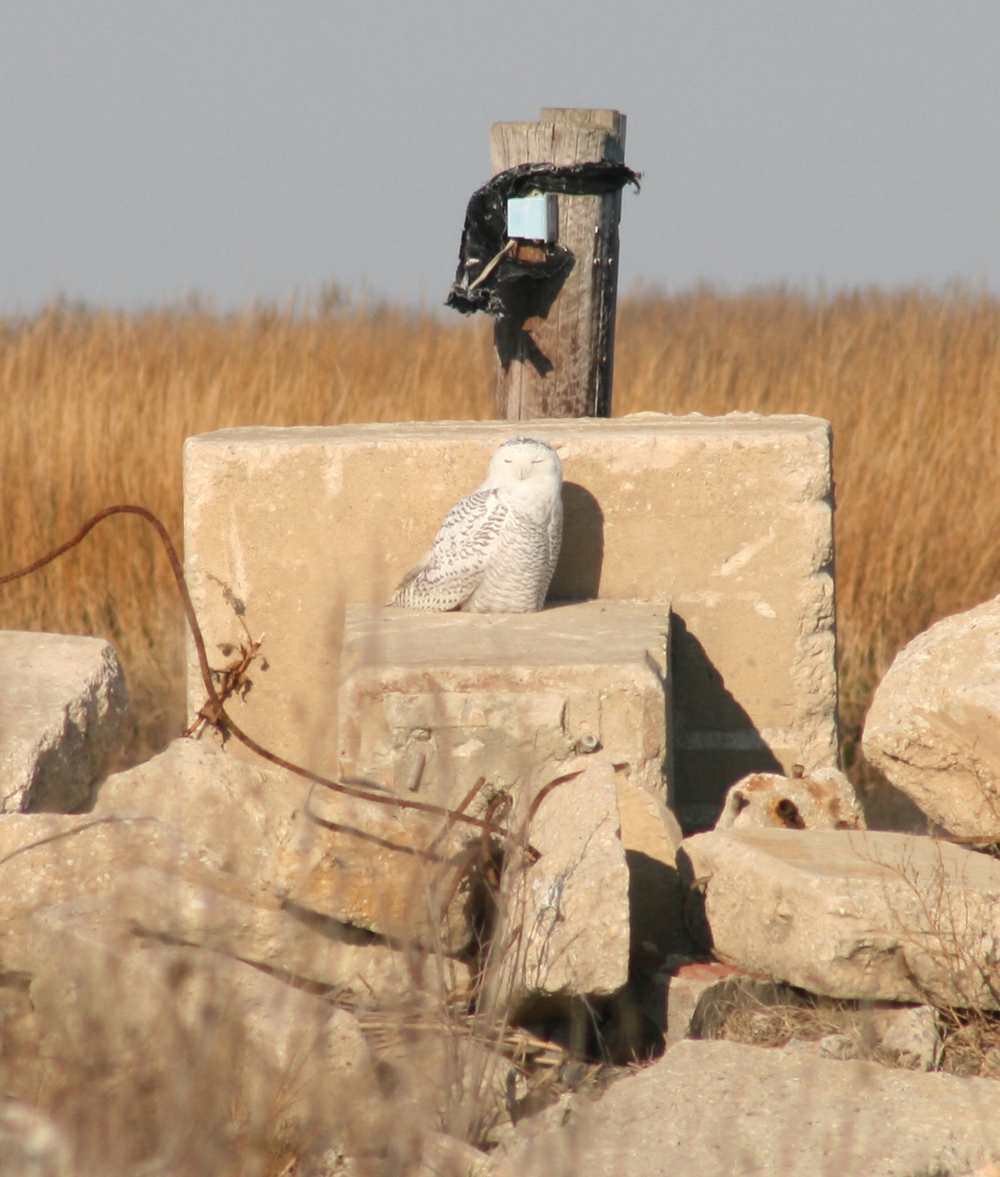 It’s another snowy owl year. The last time a snowy owl influx made news was the winter of 2011/2012. Not so long ago.
It’s another snowy owl year. The last time a snowy owl influx made news was the winter of 2011/2012. Not so long ago.
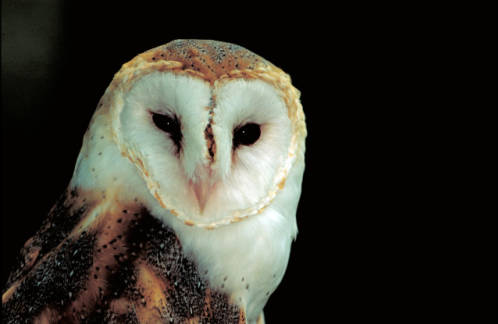 Delaware Division of Fish and Wildlife biologists began banding barn owls at the beginning of June. Since the annual banding project began in 1996, the biologists have banded 598 barn owls,
Delaware Division of Fish and Wildlife biologists began banding barn owls at the beginning of June. Since the annual banding project began in 1996, the biologists have banded 598 barn owls,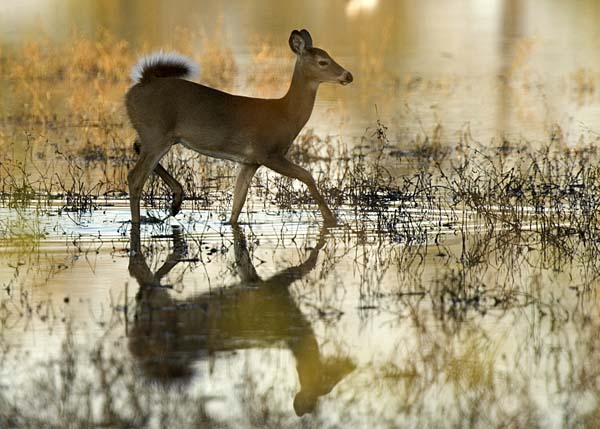
 Where did the turtle cross the road? A citizen scientist has the answer, particularly in Massachusetts, where over the last few years citizen scientists have been tracking turtle crossings as part of the Turtle Roadway Mortality Monitoring Program. Volunteers are trained by Linking Landscapes for Massachusetts Wildlife, a partnership between Division of Fisheries and Wildlife (DFW), Department of Transportation (DOT) Highway Division and the University of Massachusetts-Amherst.
Where did the turtle cross the road? A citizen scientist has the answer, particularly in Massachusetts, where over the last few years citizen scientists have been tracking turtle crossings as part of the Turtle Roadway Mortality Monitoring Program. Volunteers are trained by Linking Landscapes for Massachusetts Wildlife, a partnership between Division of Fisheries and Wildlife (DFW), Department of Transportation (DOT) Highway Division and the University of Massachusetts-Amherst.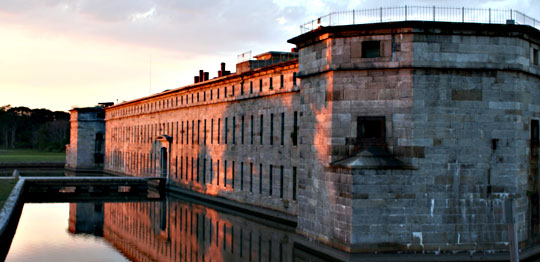
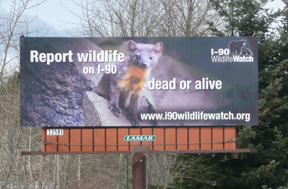 Spring is here and a bunch of wildlife surveys are underway around the country.
Spring is here and a bunch of wildlife surveys are underway around the country.